Nalbinding
Nalbinding is one of the oldest handicrafts in the world. The oldest nalbinding fragments are about 8000 years old and come from Israel. Different, more or less complex forms were used throughout history on the whole world.
Threads of a fixed length are intercoiled, producing a kind of open knot every time. The work is usually done in spirals. The needle is quite big and can be made of wood, bone, antler or even bronze, albeit the latter one is rare. When the thread is used up it has to be connected with the next one, for example by opening the fringes and felting them together.
Nalbinding textiles often are very sturdy. If there happens to be a hole, it does not fray as in knitted textiles. Among the nalbinding finds are, apart from socks and mittens, kitchen utensils like milk sieves made of horse hair. The technique was later replaced by knitting and crochet because it is very time consuming.
There are some finds from the early medieval period, many of those from places under more or less Nordic influences. In Finland the technique was preserved to such a degree that it became a tradition to this day. It is from this area that some of the most complex nalbinding stitches come from.
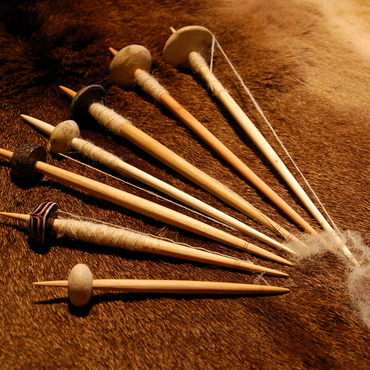
Levels of Textile Production
According to Eva Andersson Strand, four different levels of textile production can be distinguished.
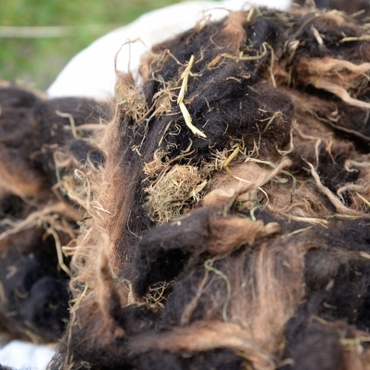
Raw Wool
The raw wool contains everything left in there when the sheep is shorn. Including insects, flora and things from the stable floor.
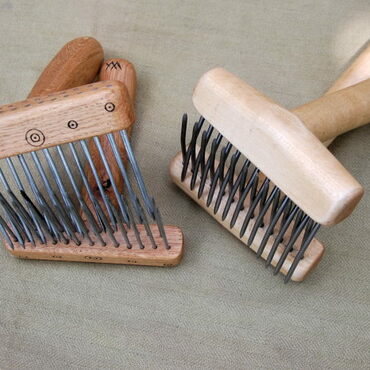
Combing
By combing, the wool is being prepared for spinning.
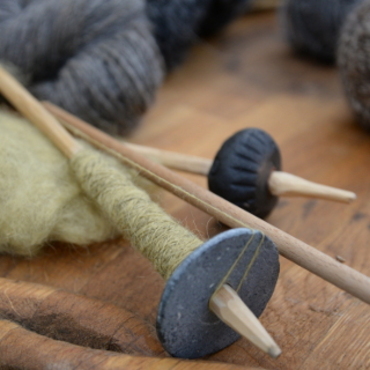
Spinning
With the spindle, the wool is spun into a thread.
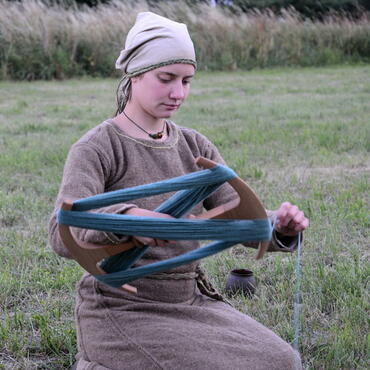
Using a niddy noddy
After spinning, the yarn might be wound onto a niddy noddy.
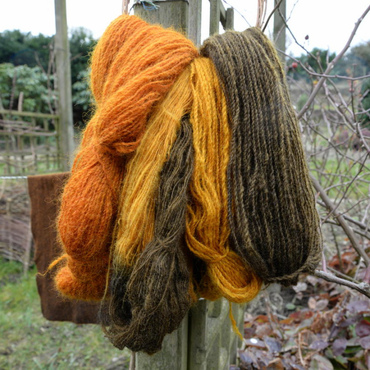
Dyeing
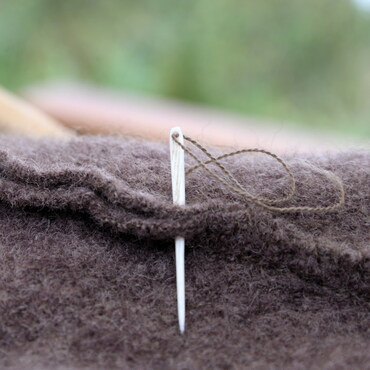
Sewing
Finally, pieces of cloth are sewn into garments.